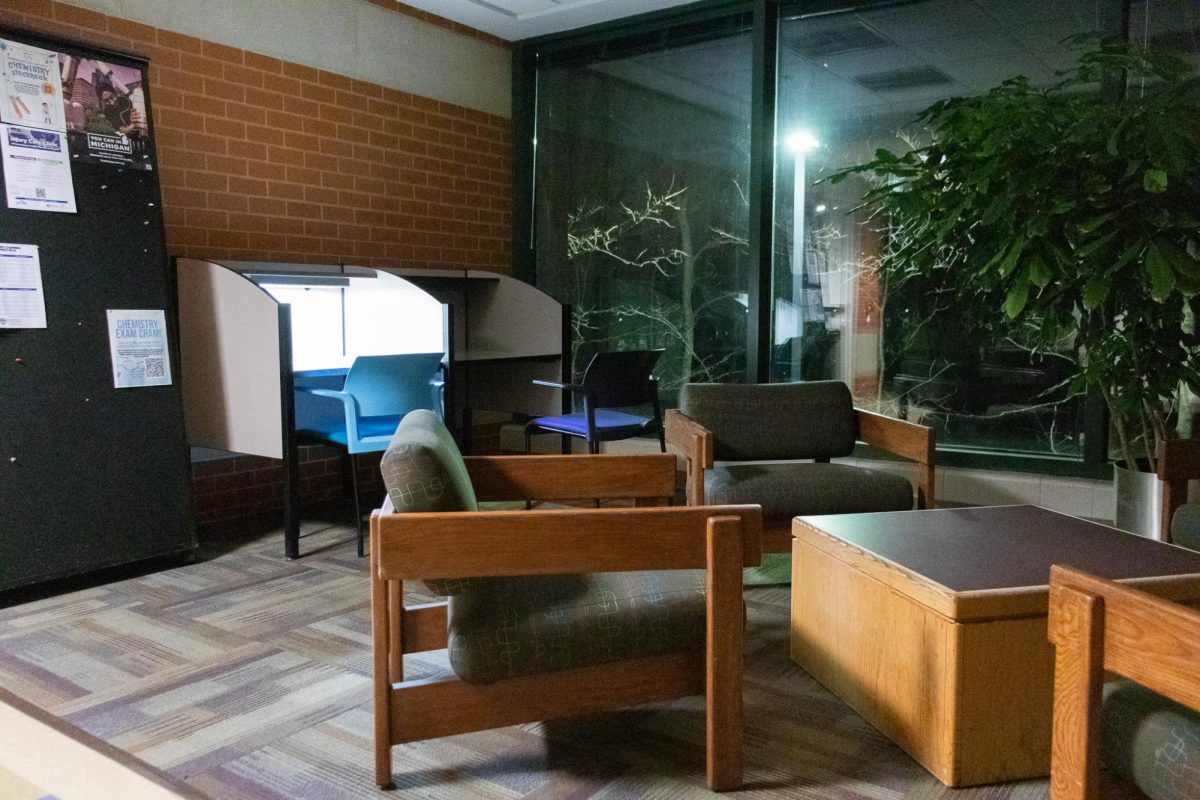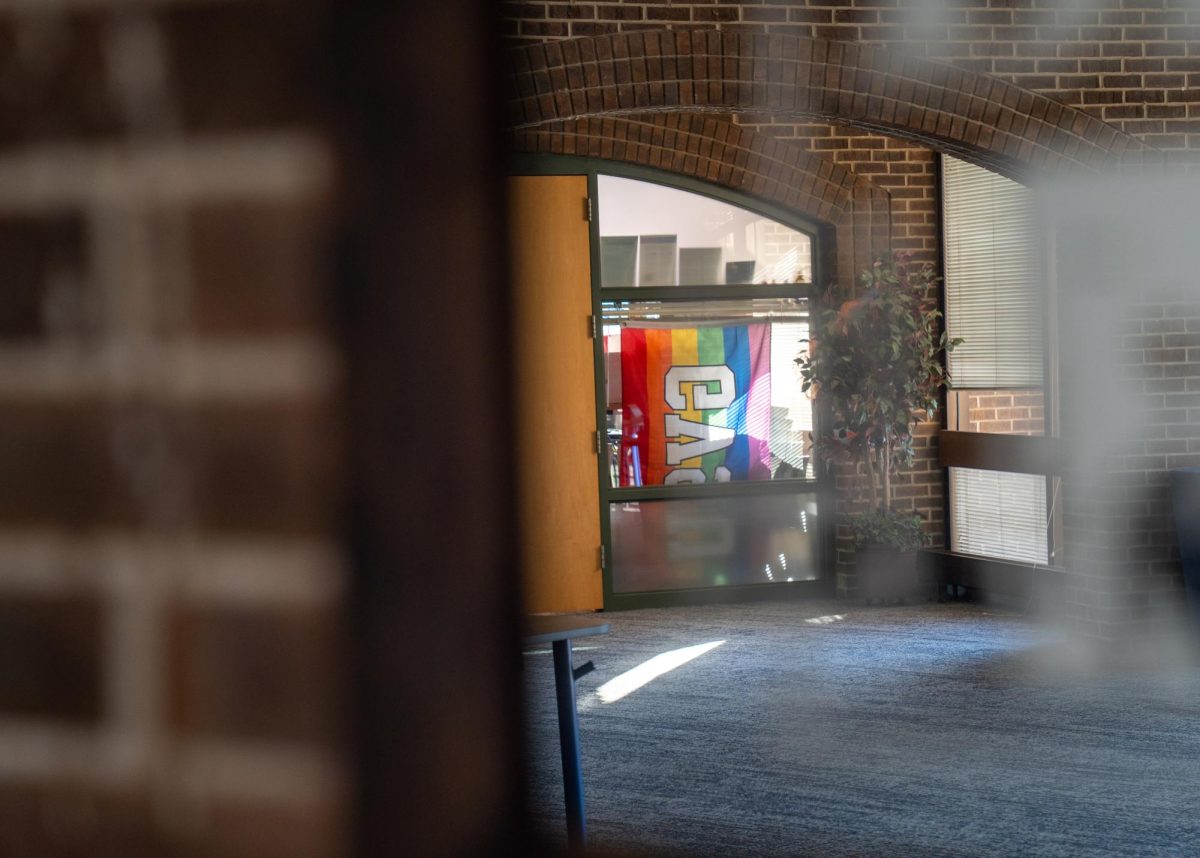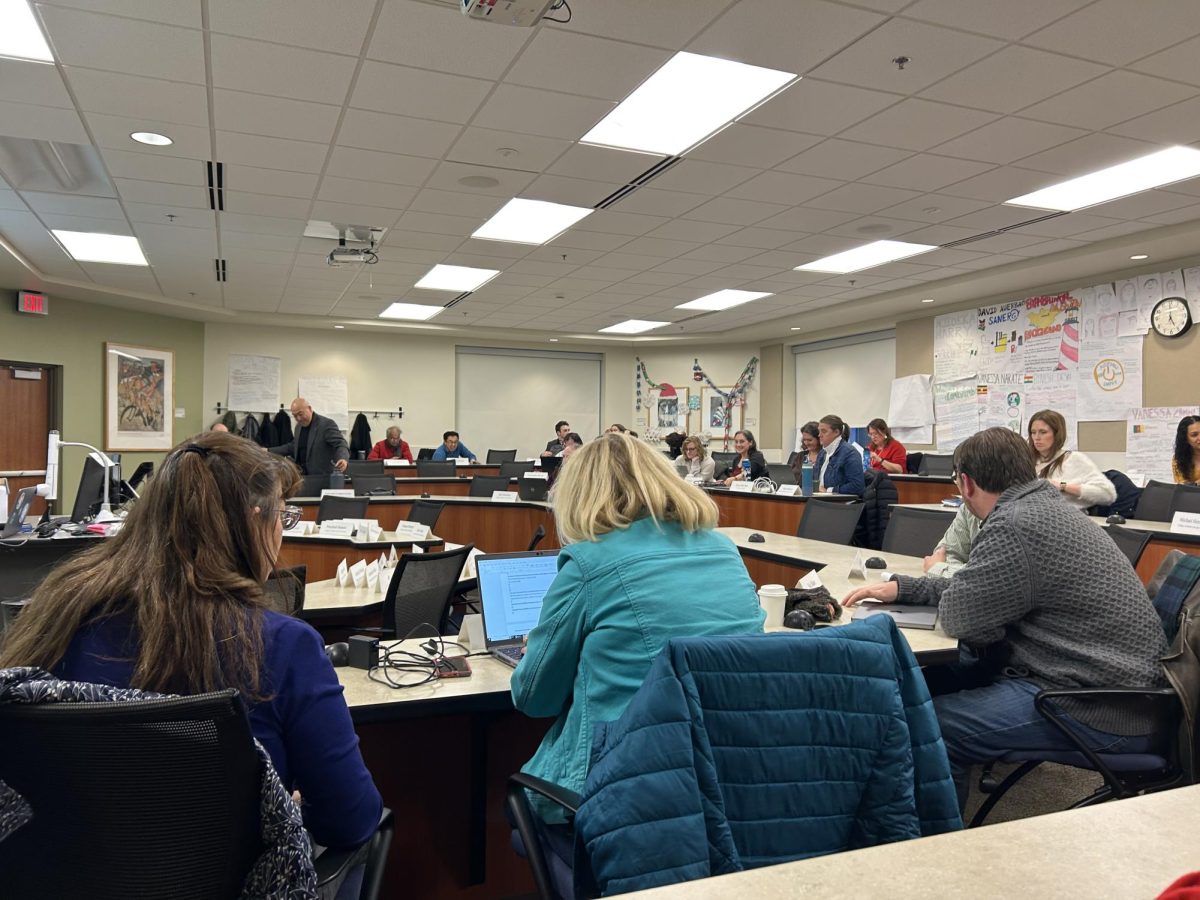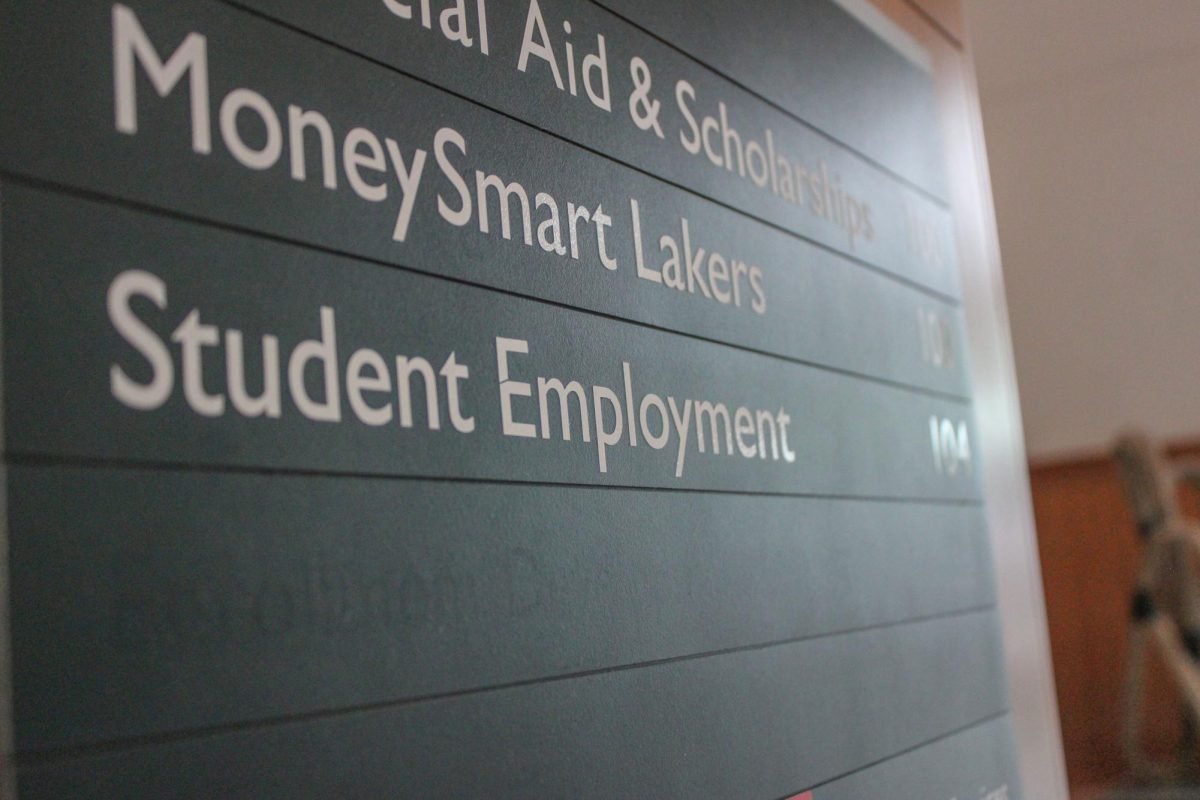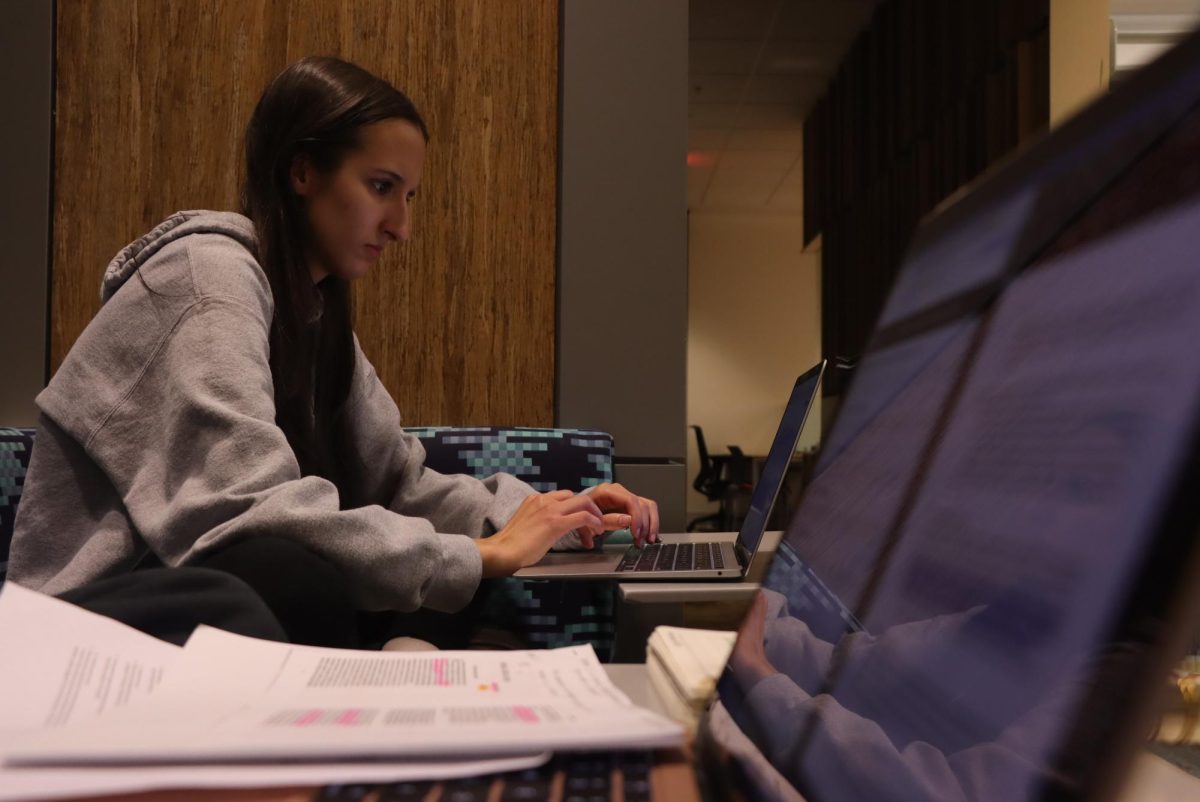The extraordinarily large freshman class at Grand Valley State University, along with an update to the Department of Mathematics, has led to increased enrollment in 100-level math courses on campus. A new, two-course split of a traditional entry math course created more sections of mathematics courses for students. Discourse surrounding high enrollment in math programs has led many to speculate whether or not the university has the resources to support them.
Last semester there were 19 sections of MTH 108, the first stretch of a new, two-course option to fulfill the MTH 110 (Algebra) general education requirement. This semester, there are 16 sections of MTH 109, the second half of the program. There are also 23 sections of MTH 110 and another 16 sections of MTH 122, College Algebra.
Esther Billings, Professor and Chair of the Department of Mathematics has been involved with the math program at GVSU for 26 years. Billings said the number of entry-level courses each semester fluctuates depending on enrollment. Sections of a specific course will increase with the number of students enrolled to ensure there are still small teacher-to-student ratios.

“We offer many sections of lower-level math courses and continue to adjust the number of sections to match demand. Course sections are scheduled to allow flexibility in a student’s schedule and to accommodate the number of students interested in the course while keeping class size small,” Billings said. “Students register for courses based on their prior math preparation and many of these lower-level math courses serve as prerequisites for future coursework in their majors.”
Jennifer Drake is the Dean of the College of Liberal Arts and Sciences (CLAS) and an English Professor at GVSU. Drake said entry-level math classes are some of the most popular at the university because they are a general education requirement for students.
“The number of incoming students at GVSU has been increasing for the past couple of years, and almost everybody takes math, so the number of students in the intro math courses has been increasing too,” Drake said. “In addition, to meet the needs of some of those students, MTH has introduced a ‘stretch’ sequence (MTH 108 and 109) that students can take to get the material from MTH 110 at a slower pace. Those students take two courses instead of one, so every student that shifts into that sequence eventually shows up as two enrollments instead of one.”
Students have a choice to utilize this option. Drake said nobody is forced to take the stretch courses.
With additional sections, Drake said GVSU had to find more professors to teach these courses.
“The main ‘issue’ is that the math department has had to do lots of work to hire and support instructors so that they can deliver high-quality courses to all the students,” Drake said. “The department is a national leader in college-level math pedagogy. They have very high standards for instructional quality, and that means that when new people come on board, they get lots of guidance and support. That’s a big job for the department’s leaders, other faculty and staff.”
While more sections of classes put more strain on professors, Billings believes faculty at GVSU are willing to put in the extra push to support students when they need it.
“I cannot speak to the University’s enrollment policies or staffing decisions,” Billings said. “I can say that we are committed in the Mathematics Department to ensure that all students receive the knowledge and skills they need to be successful in their major. We know that students need varying levels of support for this to happen and our faculty often go above and beyond to help them.”
Alaina Hogan, a GVSU student majoring in dance and mathematics and a tutor at GVSU’s Tutoring Center, also discussed the math program’s staffing.
“Working in the tutoring center, I see students coming in from algebra classes who have professors that do not normally teach those classes. For instance, there is a professor that taught Calculus III a year or two ago that is now only teaching college algebra classes. There are other professors who are simultaneously teaching introductory 100 level classes and upper level 300 level classes, when previously they had mostly been teaching 200 level and above,” Hogan said.
Hogan feels this results in stretched thin math professors, which shapes students’ experiences in courses.
“Students are struggling, and professors are required to compensate for the vast amount of lower level students and classes even though it is not beneficial for anyone,” Hogan said.
Drake said even though the 100-level courses are expanding, GVSU offered many 300-400 level in the 2023-24 academic year.
“We have not canceled any math courses that have adequate enrollment because we don’t have a professor to teach them,” Drake said. “Departments, including Math, pay lots of attention to what courses need to be offered to ensure their students can make appropriate progress toward graduation. Neither the department nor the College is going to keep some student who needs MTH 4xx (a 400 level course)to graduate from getting that course because we need another instructor in MTH 1xx (a 100 level course).”





